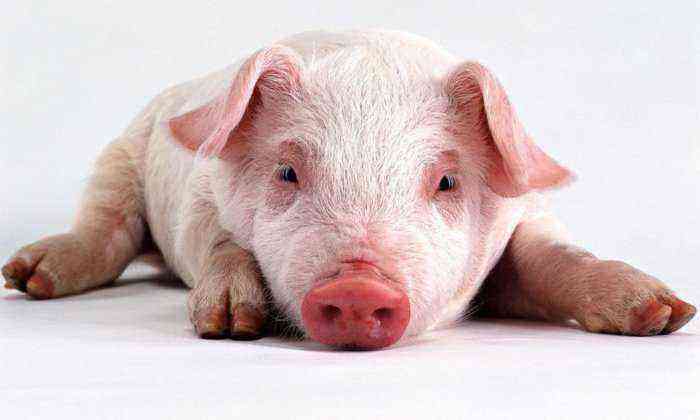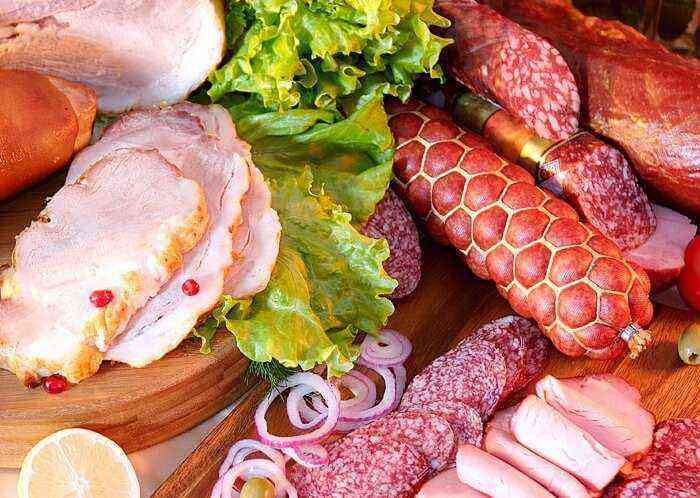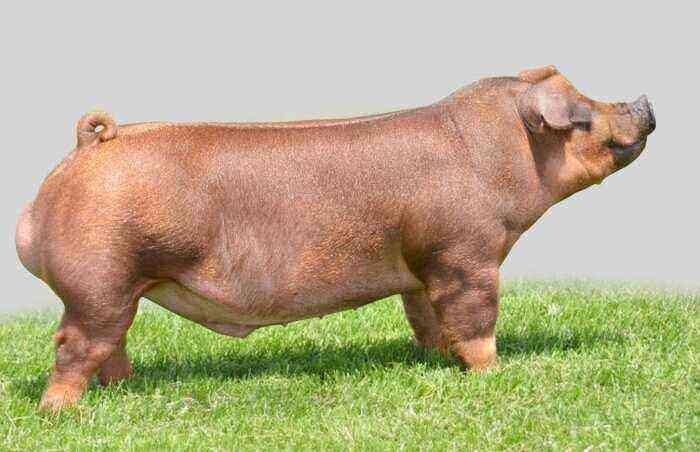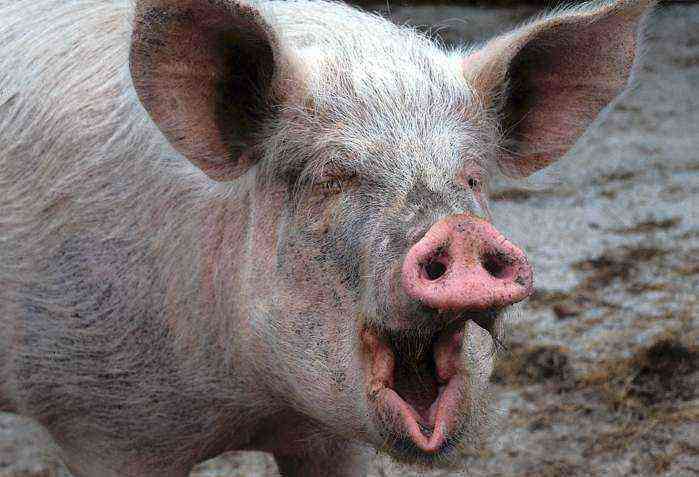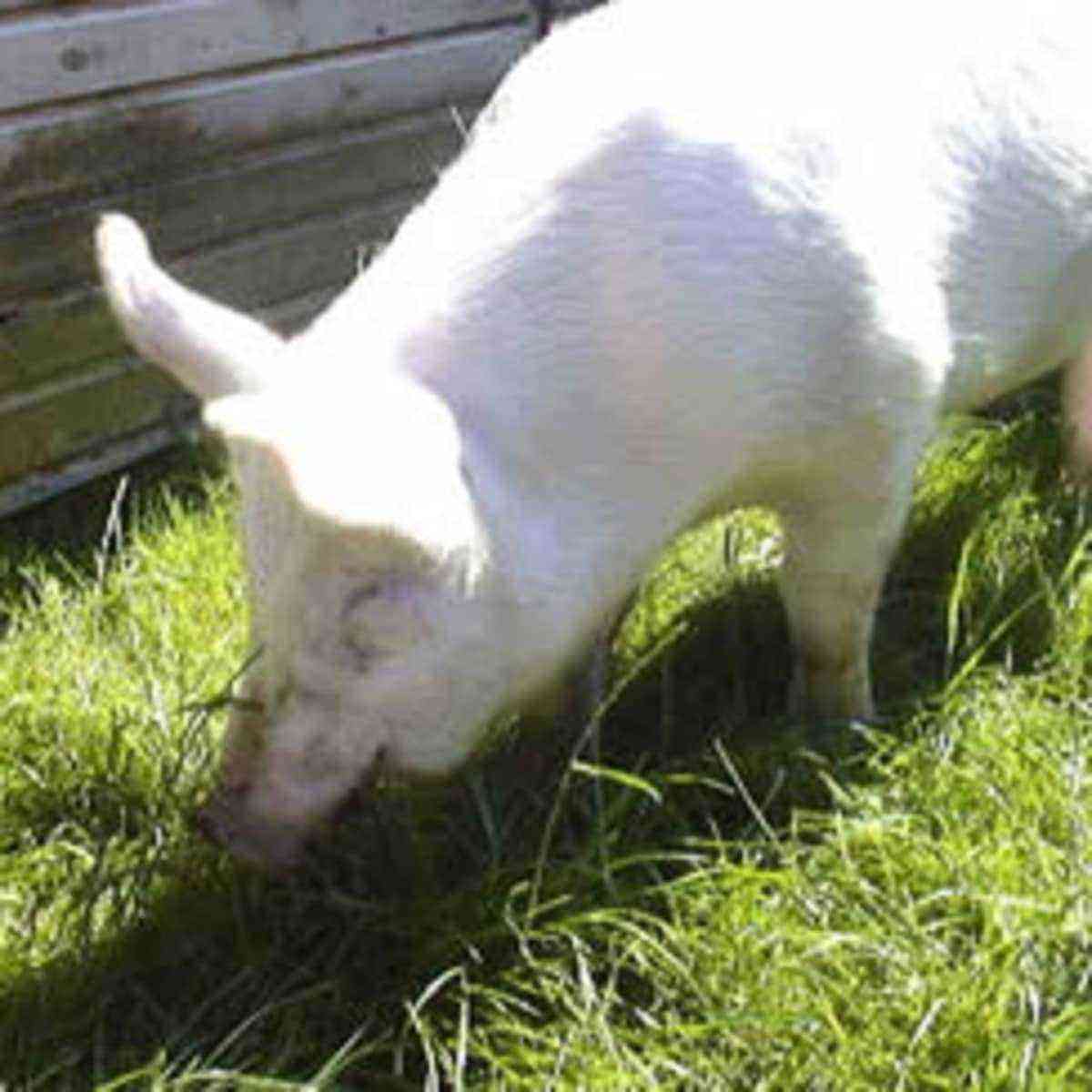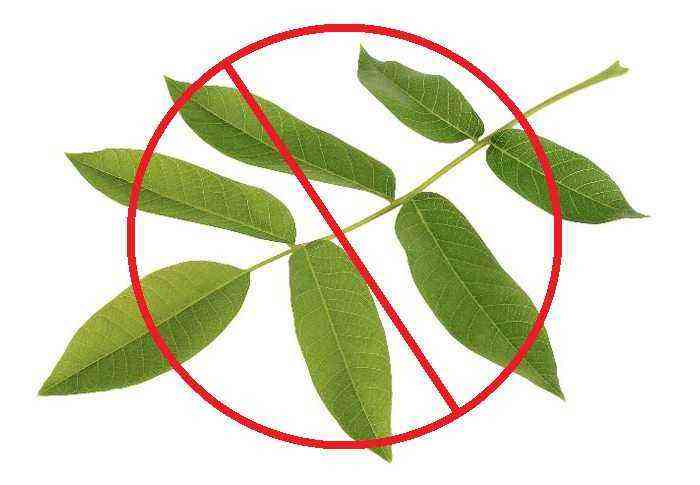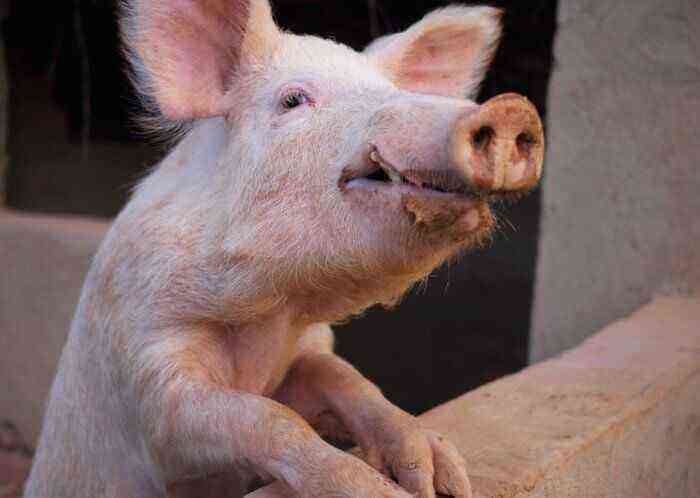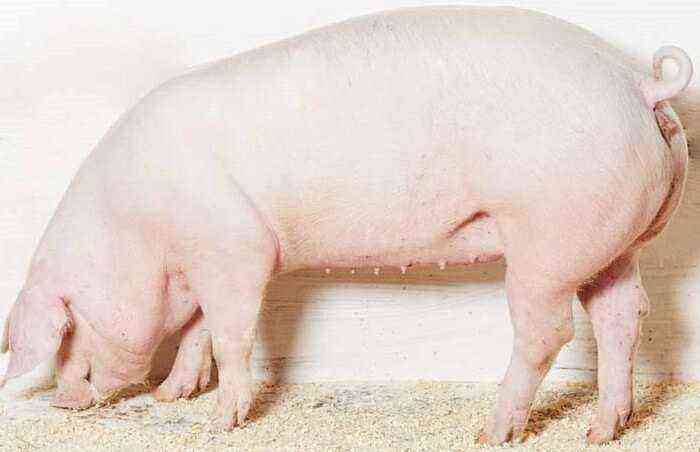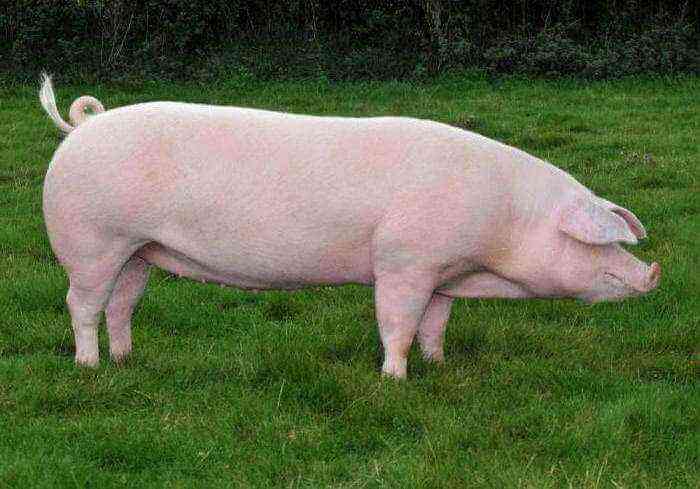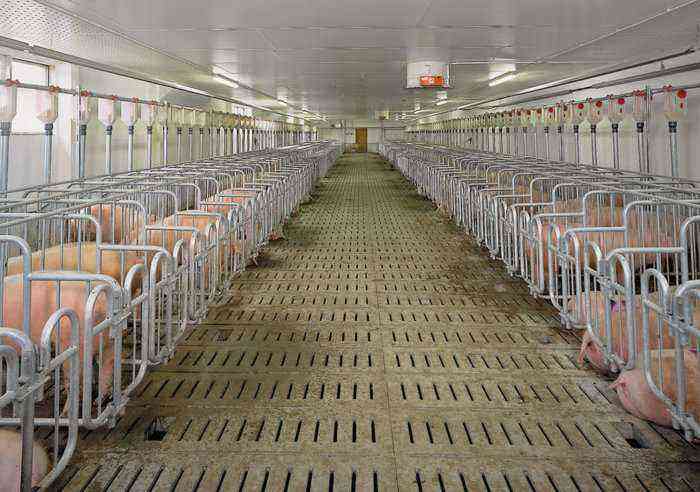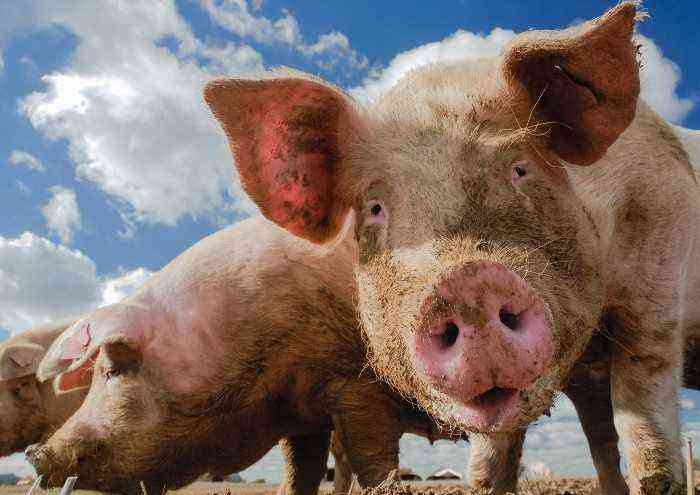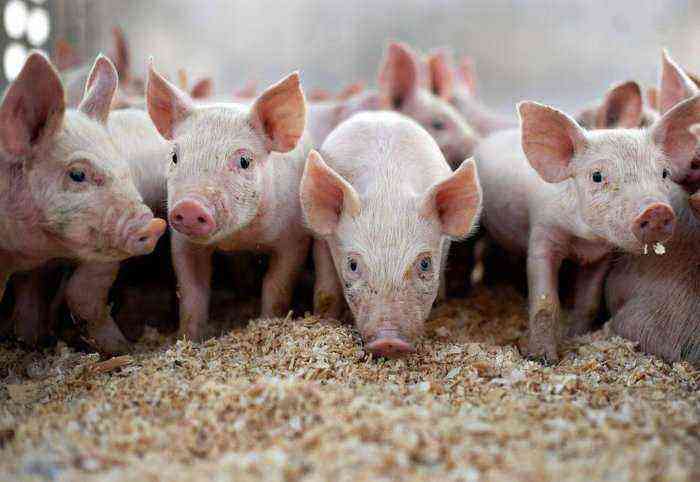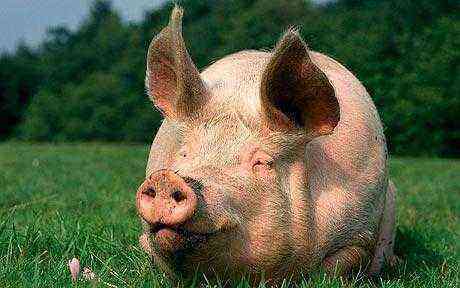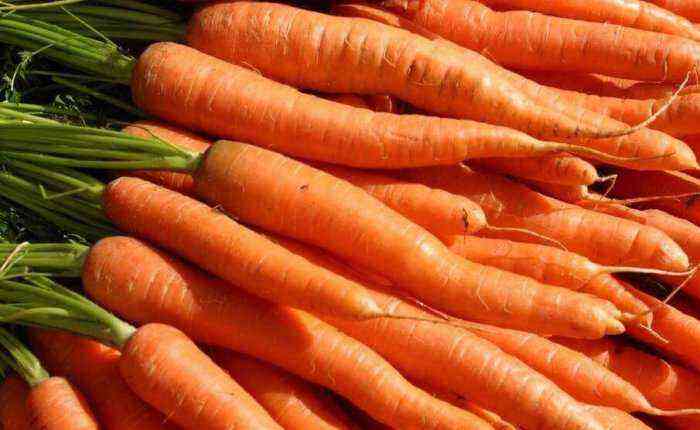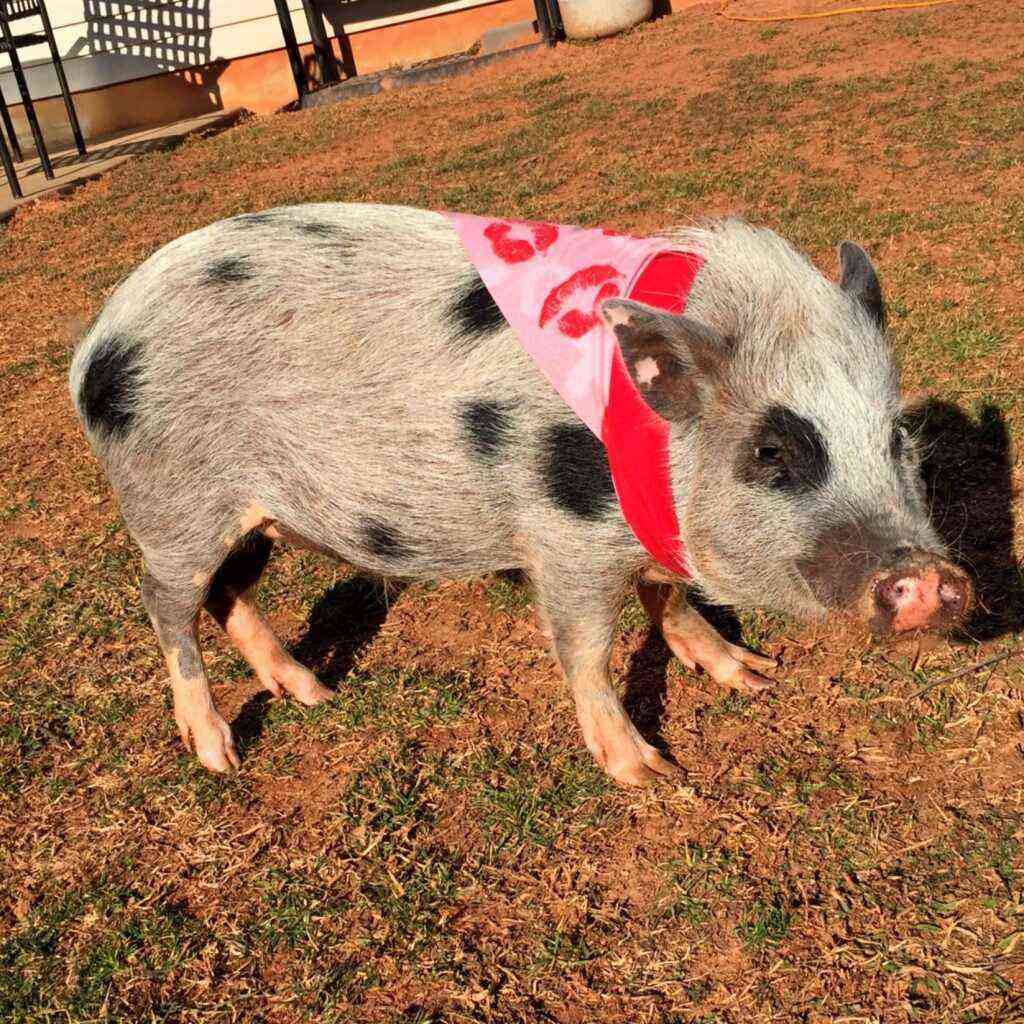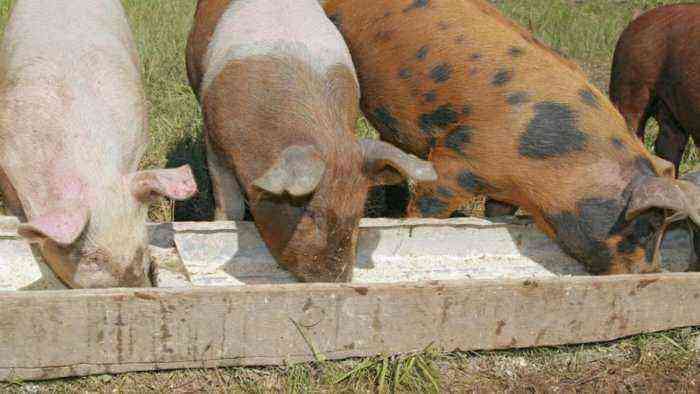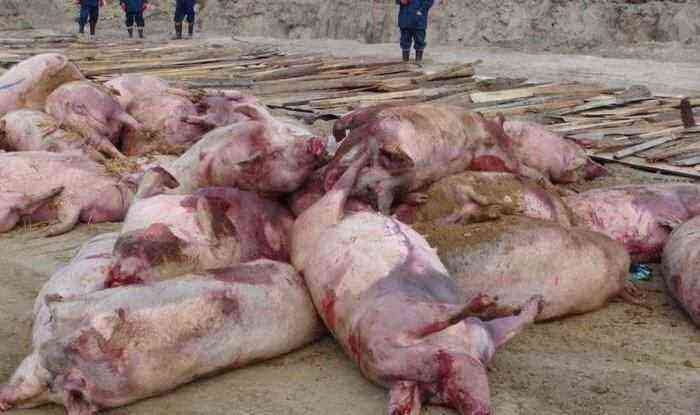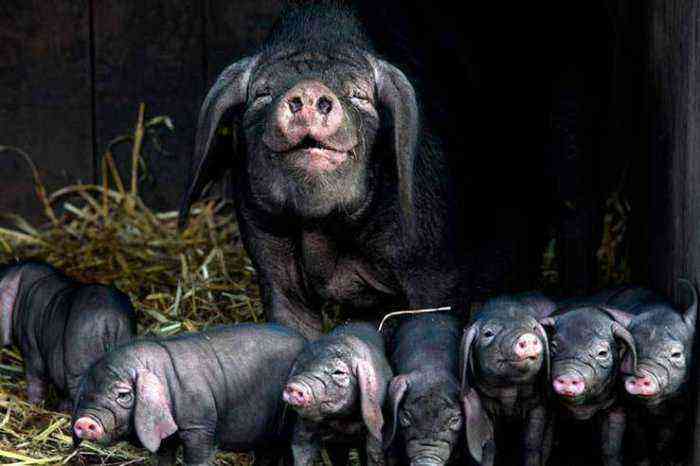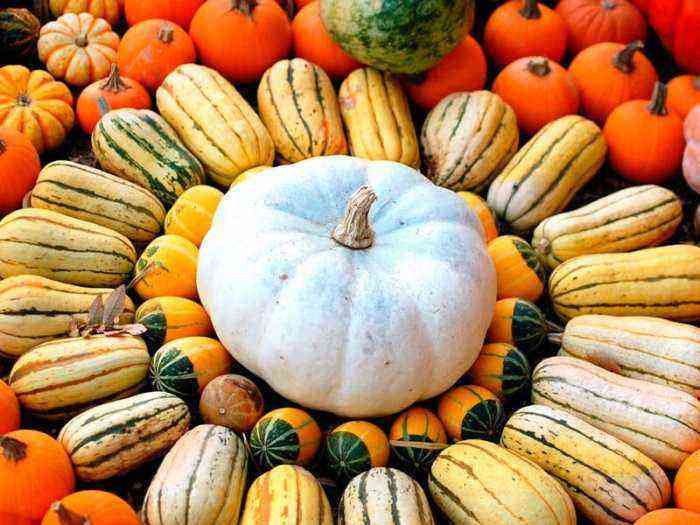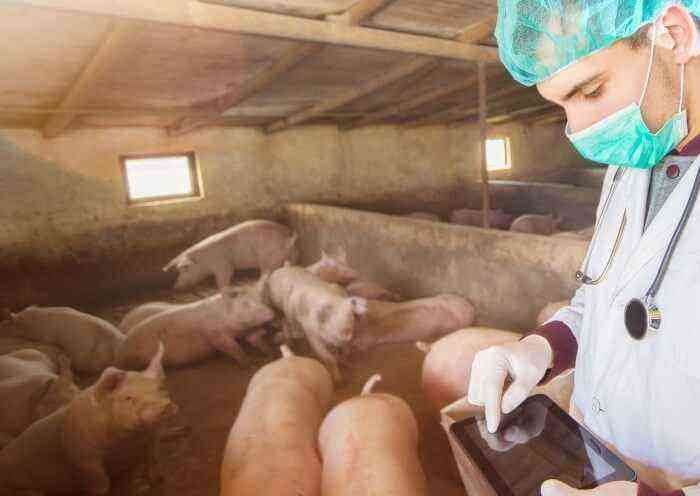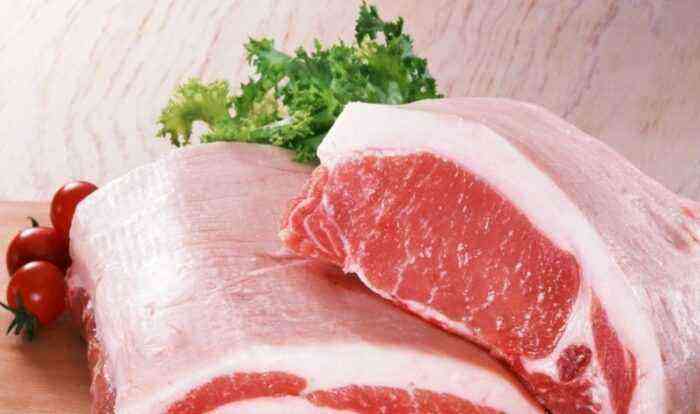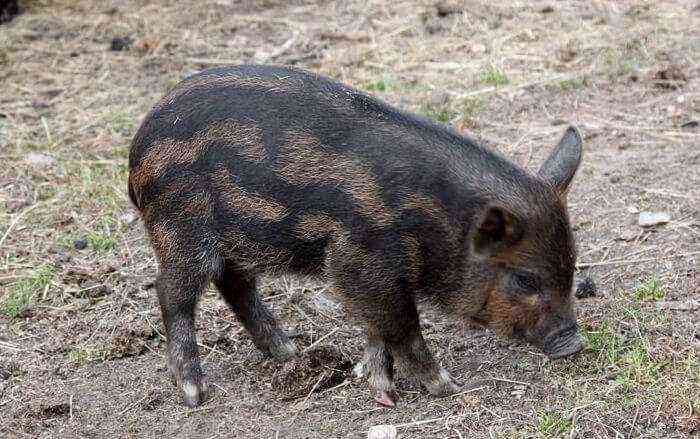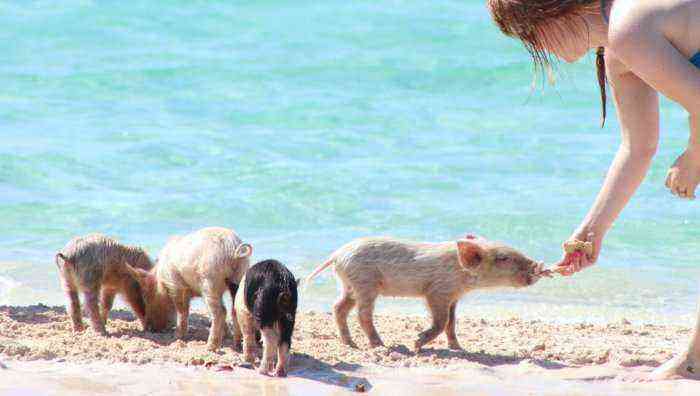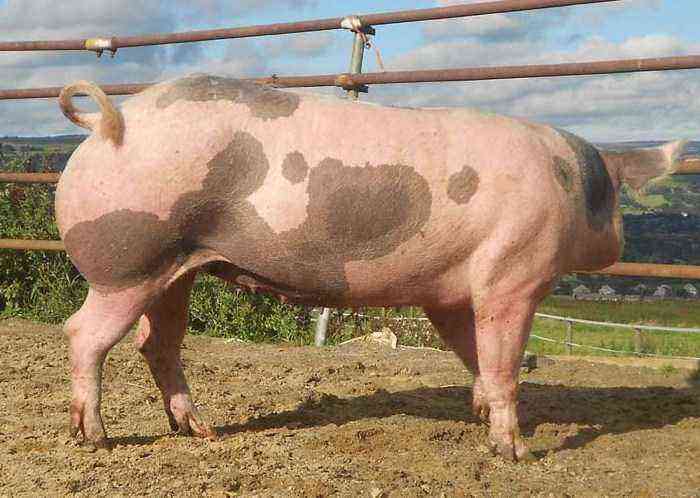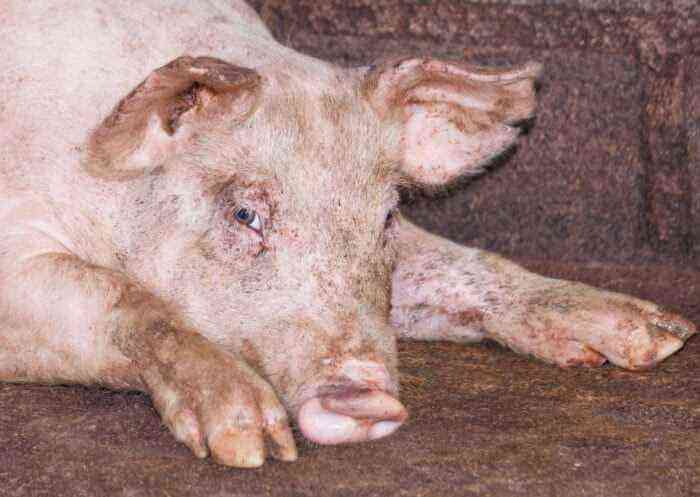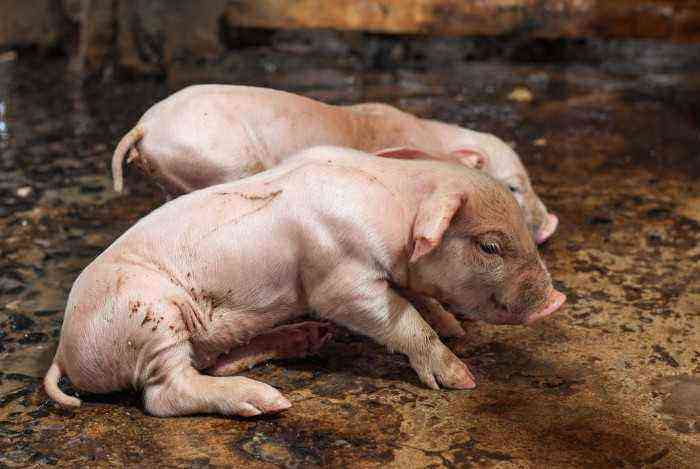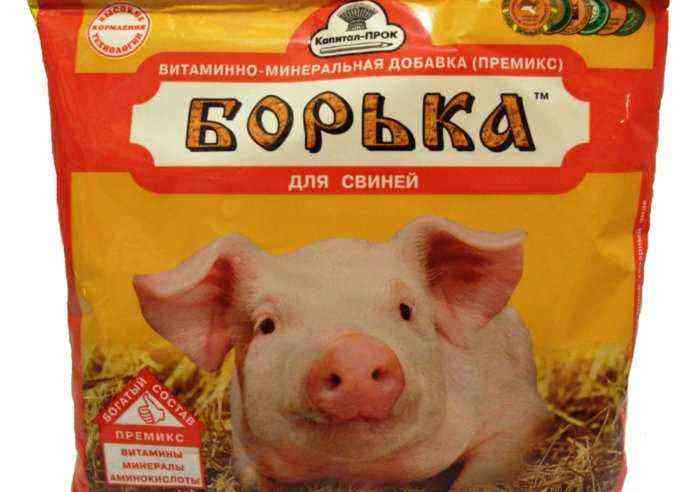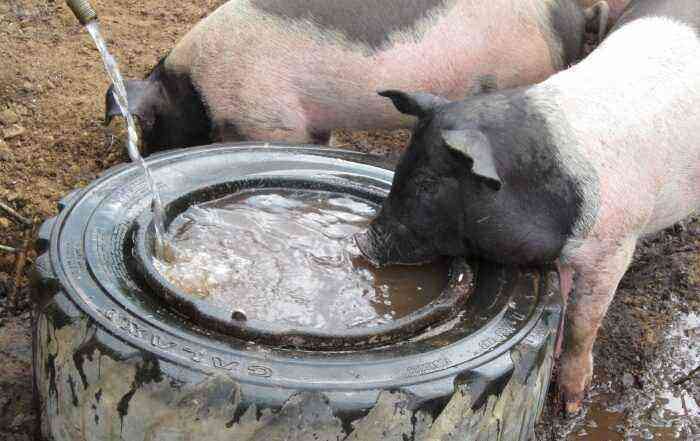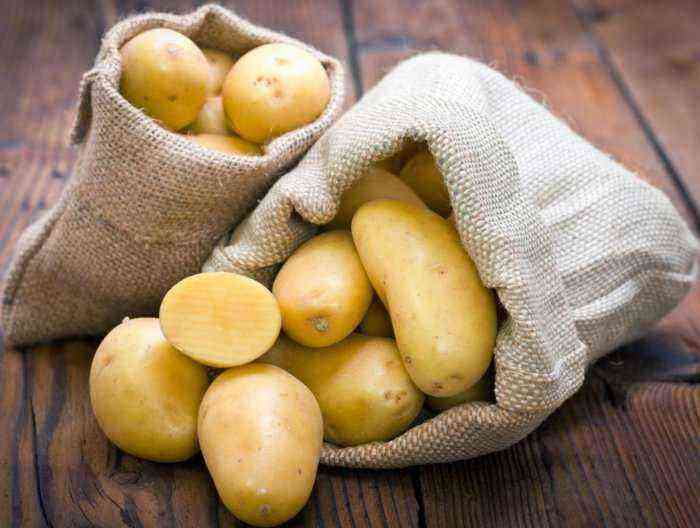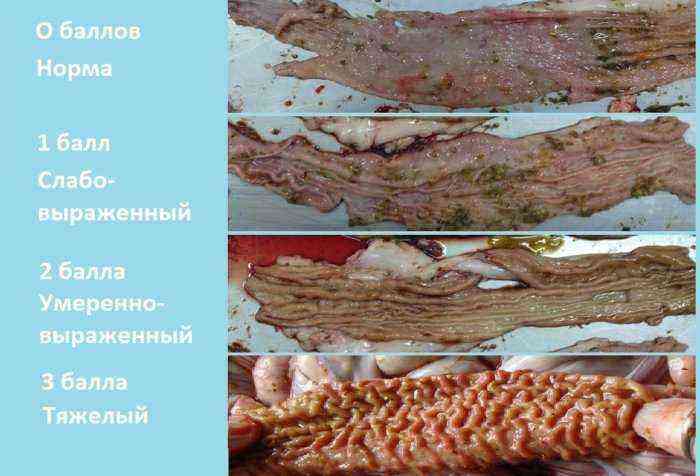Today, in almost all parts of our country, many households and farms are engaged in pig breeding. It is very simple to explain such popularity of these animals. Short fattening allows you to regularly get fresh meat and fat in large quantities. Pigs are great for recycling leftover food. And grazing in the summer will significantly reduce the cost of food. However, pig breeding also has a whole range of features that need to be taken into account.
Domestic breeding of pigs
Is it profitable to keep pigs?
Pig farming at home can bring tangible benefits. A zealous owner can take up this original small business directly on his land without investing significant funds at the start.
With proper planning, you can both establish meat production and keep several sows for the subsequent sale of young animals. The effectiveness of breeding these animals is best confirmed by the numbers:
- the commodity mass is growing very rapidly, a one-year-old individual is on average 140 times larger than a newborn piglet;
- the weight of the processed carcass is 85% of the live weight (for comparison, in cattle this figure does not exceed 60%);
- one farrowing of a sow gives up to 14 offspring;
- pigs have good rates of feed absorption, it reaches 30% (the maximum for other livestock does not exceed 20%).
Hybridization in pig breeding today allows breeding pig breeds that retain all the useful properties of the crossed breeds. Therefore, it is important to pay attention to the choice of pigs. This will definitely affect the income that the livestock will bring in the future.
To provide your family with meat and lard, in early spring it is enough to purchase two piglets and equip a small paddock for them. In summer, pigs grow especially fast. The diet of animals may include any residues of plant origin. To avoid unwanted infections, all such feed must be heat treated.

Two Vietnamese piglets
Closer to winter, two months before slaughter, pigs should increase the amount of protein food. This will allow you to quickly build up a few extra pounds. Thus, breeding pigs at home for novice farmers will be a fairly inexpensive way to prepare meat for the whole year. Unless of course you do not take into account the work associated with caring for animals.
How to choose the best breeds of pigs?
The word “best” when choosing a pig breed is a conditional category. The selection of each of the subspecies of these animals was carried out for their subsequent breeding in certain climatic conditions. In addition, before the first purchase of piglets, you should understand for what purposes you decided to start pig breeding, what product you want to get in the end.
Conventionally, in accordance with the productivity and economically useful qualities of all pigs, they can be divided into three main groups:
- Meat. Large white breed and all other varieties that were bred from it: Ukrainian white steppe, Lithuanian white, Siberian northern and others. These pigs are distinguished by white wool, rather large, muscle mass prevails over fat.
- Bacon. This includes such breeds: Landars, Vietnamese, Estonian bacon and others. These pigs are also dominated by white color, they have a long body and ears. The ham and sirloin are especially developed. These breeds give the maximum amount of meat. The sebaceous layer is quite thin.
- Salo-meat. Among the breeds belonging to this group: Mirgorodskaya, North Caucasian, Black-and-White Belarusian and others. The coat is black or black-and-white. A distinctive feature of these pigs is their precocity and rapid fat gain.
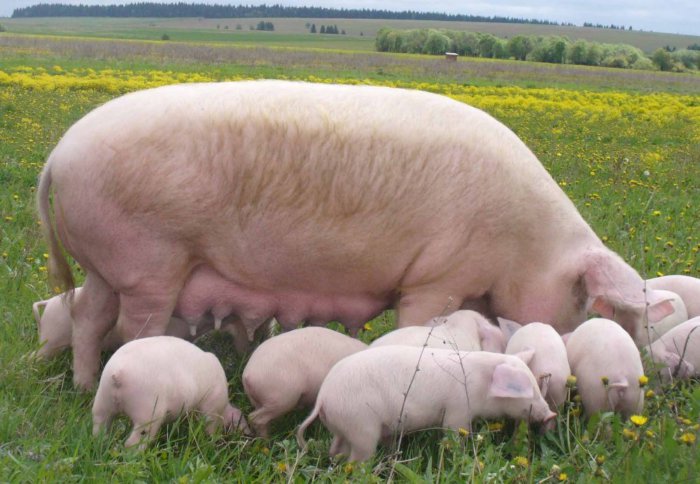
Growing large white breed
Today, in all regions of our country, the cultivation of large white breeds prevails. The unpretentiousness of these pigs allows you to adjust the diet towards bacon or meat fattening. Sows usually give the largest offspring, and young animals reach 100 kg after 6-7 months, provided proper care.
Construction of a pigsty
In order for pig farming to start making a profit, animals should be provided with comfortable living conditions. Therefore, the construction of a spacious pigsty will be an obligatory point in planning your future farm.
The area of the building is quite simple to calculate. One individual grown for meat will require 4 square meters. m. area, but for the sow will need 6 square meters. m. Indoors, individual (for sows and boars) and group (for fattening stock) pens are usually equipped. Typically, pens are set up in 2 or 4 rows with 1 or 2 wide aisles.
Pigs love to dig, so the barn floor must be solid. Otherwise, the animal can easily dig. Do not forget about the quality of the walls, pigs are quite capable of chewing through unreliable upholstery.
Your pigsty is of high quality if:
- the possibility of roof leakage is reduced to zero;
- good artificial lighting is provided, and the windows are located at a height of at least 1,5 meters (this excludes direct sunlight and the negative effects of ultraviolet radiation on animals);
- the walls are strong enough and not subject to freezing during the cold season (the temperature in the pigsty should not fall below 5 degrees, and the comfortable temperature for animals is 18-22 degrees, for sows this mark should always be 26-28 degrees);
- the floor is warm, covered with boards and bedding, equipped with gutters that ensure the high-quality removal of animal waste products;
- the room is regularly ventilated or an artificial ventilation system is installed in it (draughts, which are the main cause of colds in pigs, should be prevented).
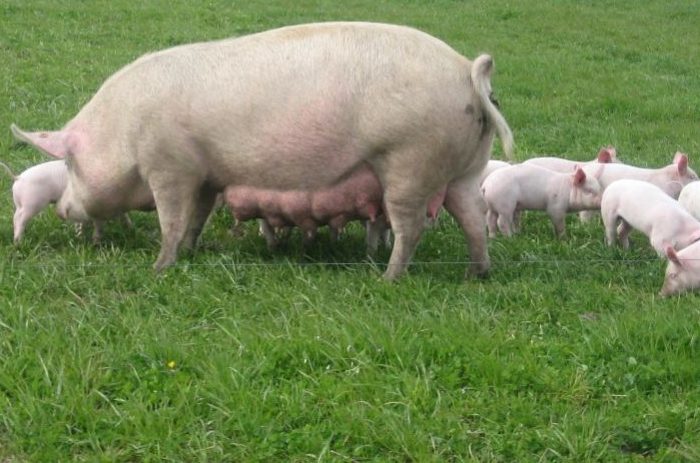
Paddock area
It is necessary to equip the area for walking. This is where the animals will spend most of their time during the summer. Walking in the fresh air promotes muscle growth, strengthens the immunity of livestock, and reduces its susceptibility to pathogens of infectious diseases.
Conditions for keeping piglets
The weight gain and stable growth of a piglet are primarily influenced by the conditions in which it is kept, as well as the quality of care. The owner will only need to follow a few simple rules:
- timely vaccination against erysipelas, plague and other deadly diseases, as well as a diet with a balanced content of essential trace elements and vitamins, will provide your piglets with good immunity;
- the temperature of the content should not fall below 15 degrees, while its optimal indicator is in the range from 18 to 22 degrees;
- the barn should be regularly ventilated with an exhaust hood or fans;
- the floor in the corral should be made of wood and have a slope so that urine and residual water fall into the sewer;
- additional comfort will be provided by bedding made of sawdust or straw;
- disinfection of the premises is achieved through regular whitewashing of the walls;
- keep the pen clean, removing the litter should be done twice a day;
- piglets should receive food regularly, at least twice a day: in the morning and in the evening;
- young animals need fresh air; for this, separate wooden cages with a canopy should be equipped on the territory for walking;
- piglets will need a plentiful drink, it is regularly changed, 2-3 times during the day, in the summer, young animals are poured with cool water.
Fry food
The main advantage of keeping pigs is that most of the food that can be included in the daily diet of animals is likely to grow in your garden. Pigs will receive the required amount of vitamins and trace elements from the following plants:
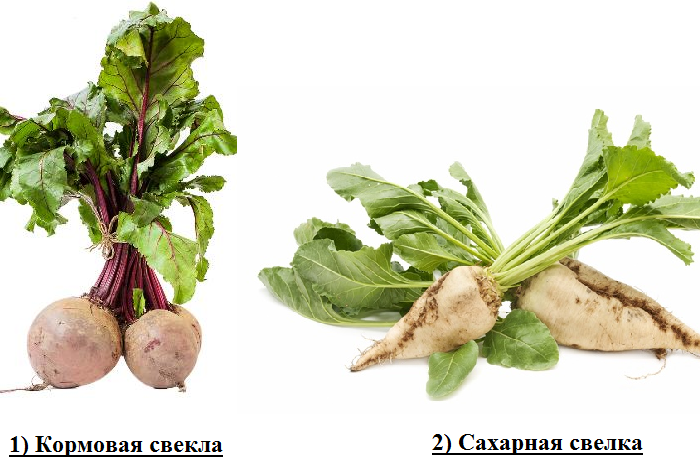
Feed and sugar beets
- fodder and sugar beets;
- carrot;
- peas and beans;
- alfalfa;
- potatoes.
You should also take care of harvesting nettles. Among the wild-growing feed, this grass is the most beneficial for pigs.
The diet of young animals is somewhat different from the food that is usually given to adults. Little piglets should be fed three times a day. The bulk is made up of boiled root crops. Also among the mandatory ingredients are crushed wheat, tops of legumes and nettles scalded with boiling water. The resulting mass must be filled with whey.
Every day, one piglet should consume up to 3 kilograms of food. Also, 10 g of salt should be included in the diet of animals.
Young pigs consume quite a lot of water – 4 liters every day. This even exceeds the norm of an adult pig. Water should be changed at least twice during the day. This will significantly reduce the risk of contamination and the possible development of infectious diseases.
If the animals are divided according to belonging to a certain age group, then the composition of the diet will have the following differences:
- Three months. Fattening begins at this age. To ensure the active formation and development of muscles, boiled beans, cabbage leaves, boiled, grated carrots are used as food. During the day, the animal begins to receive up to 4 kg of food.
- Seven months. There are changes in the proportions of muscle and fat. Significantly slows down the growth of the animal. One pig already needs up to 6 kg of feed per day. Boiled sugar or fodder beets are added to the diet. The daily salt intake is now 30 g.
- Eight months. The age at which a full-fledged fat-feeding begins. The diet changes towards the predominance of boiled corn, peas, zucchini, fatty boiled waste and pumpkin. Also, in order to obtain tender low-fat fat, animals begin to be given fruits in fresh and boiled form. Every day a pig consumes 7 kg of feed and 40 g of salt.
- One year. At this age, the ratio of meat and fat should be in the proportion of 60:40, and the weight should reach 250 kg. A one-year-old pig should consume at least 8 kg of food per day.
Reference. Sometimes, while observing the norms of feeding, muscle mass is gained slowly. The reason may be the lack of mobility of the pigs. Perhaps you should take care of increasing the area of uXNUMXbuXNUMXbthe aviary.
Care instructions
Summing up everything that was said above, we can single out a list of rules that are mandatory for caring for pigs:
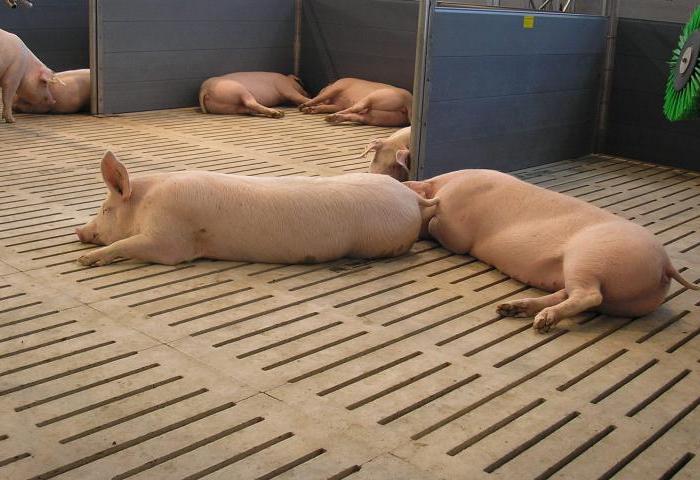
The right conditions for keeping pigs
- the optimum temperature should be maintained in the barn (young animals – from 18 to 22 degrees, adults – from 12 to 16 degrees);
- monitor the humidity of the air, this figure should not exceed 85%, and the mark of 70% will be the most comfortable;
- dampness and drafts are the main causes of colds and subsequent weakening of the immune system;
- twice a day, the pigsty must be cleaned of manure and other debris, this will reduce the chances of the spread of infectious diseases and infection of animals with helminths;
- to gain weight and improve health, pigs need fresh air, be sure to equip an aviary with the optimal area, without walking, young animals grow slowly and often suffer from rickets;
- ensure plenty of fluids and regular water changes;
- after each meal, the feeders must be cleaned of food debris, weekly lye treatment is also useful;
- a mandatory monthly procedure – disinsection and disinfection of the entire barn;
- do not forget about the timely vaccination of your pigs.
Conclusion
Pigs whose content meets all the necessary standards get sick less, give more offspring, gain body weight better, are generally more active and provide their owner with a stable income. It doesn’t matter if you are raising pigs for your own use or planning to breed a whole herd. To protect yourself from the loss of livestock and other troubles, try to provide the animals with the most comfortable existence.
